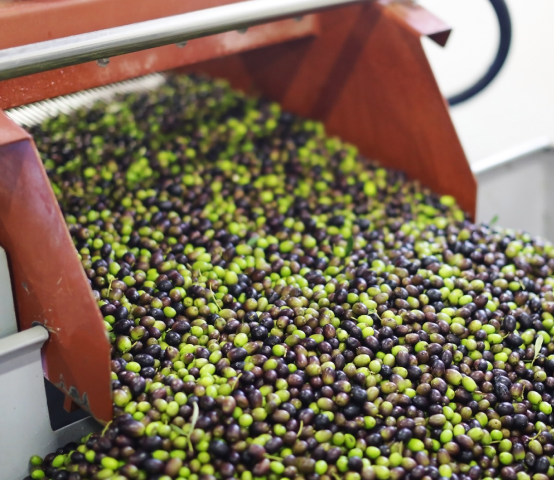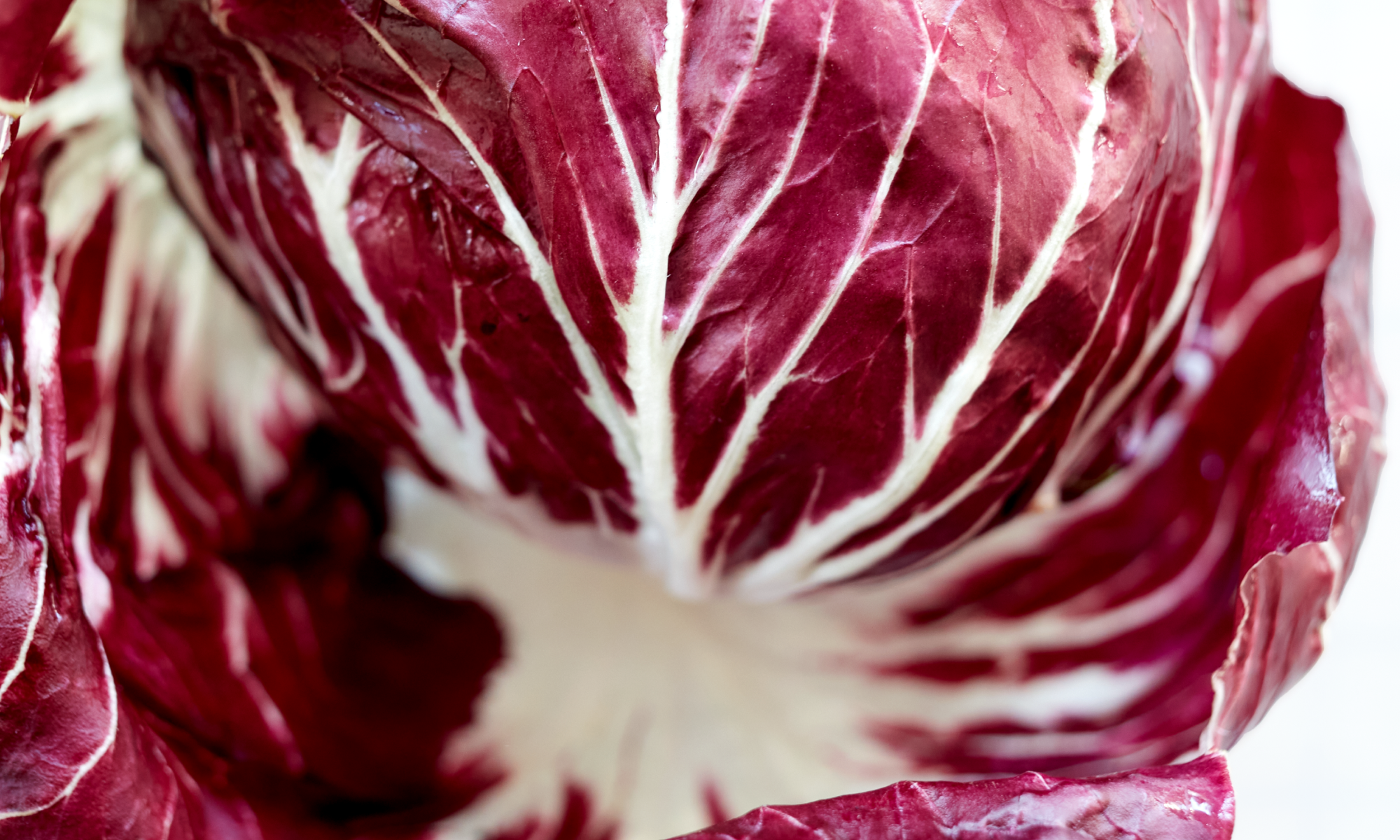

The bitter flavor in radicchio comes from a compound called intybin or, to hair-splitting chemistry fans, lactucopicrin. It’s part of a group of plant-based compounds called sesquiterpene lactones that create the distinctive smell and flavor of dandelions, sagebrush, and, of course, chicories like radicchio. Plants containing these bitter-tasting compounds have been used as medicine for thousands of years, but that bitterness also acts as a signal of something toxic to protect the plants from being eaten. That hasn’t stopped humans, though.
Despite the fact that we have more bitter-detecting genes than any other flavor detectors, we love coffee, chocolate, beer, radishes, gin and tonic, and lots of other foods that our taste buds warn might kill us. Maybe it’s because cultures around the world typically associate bitter foods with longevity. Modern science tells us there’s a good reason as many bitter compounds are antimicrobial, anti inflammatory, and may help the body fight cancer cells.
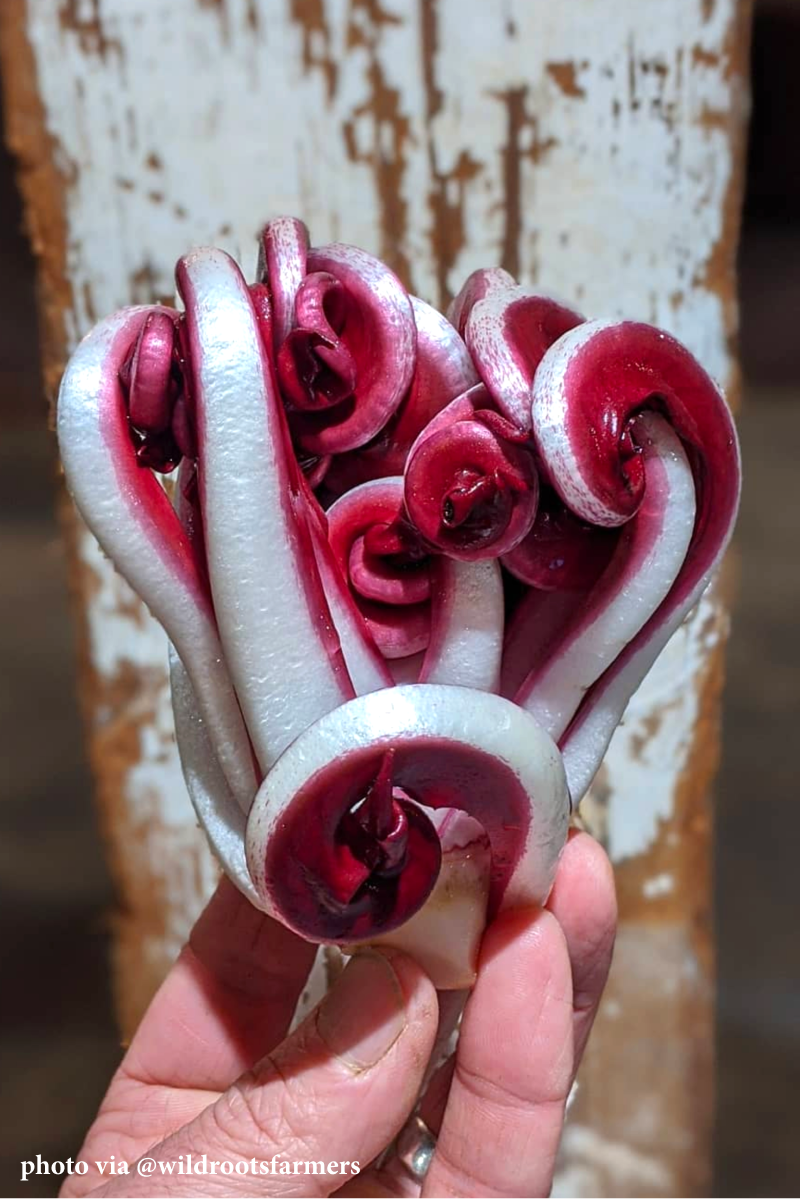

While some of us have learned to overcome the genetic trait of avoiding bitterness, nearly 30% of humans don’t taste bitter flavors much at all. Genetic testing using a bitter chemical called 6-n-propylthiouracil or PROP categorizes people as supertasters, tasters, and nontaster based on their ability to perceive PROP. But that’s not the only bitter flavor, and research shows that we seem to prefer or dislike different types of bitterness depending on where they come from, cultural background, and other factors that make simple delineation tricky.
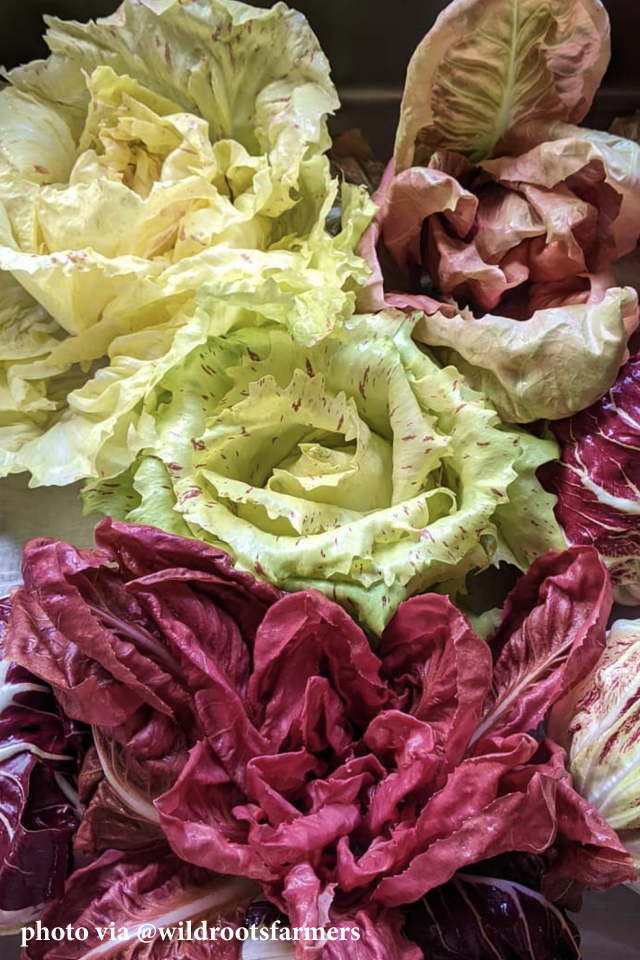
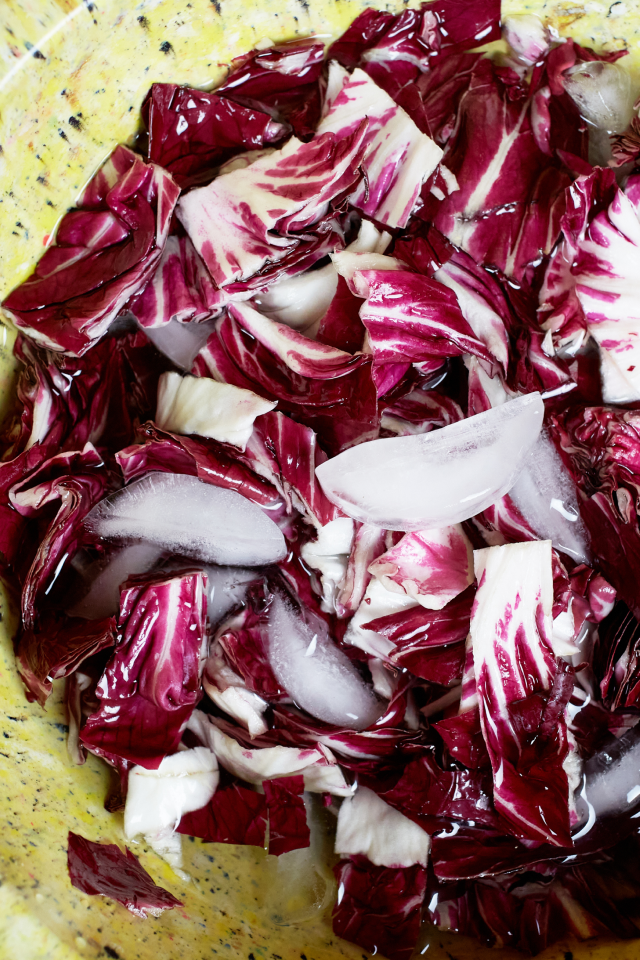
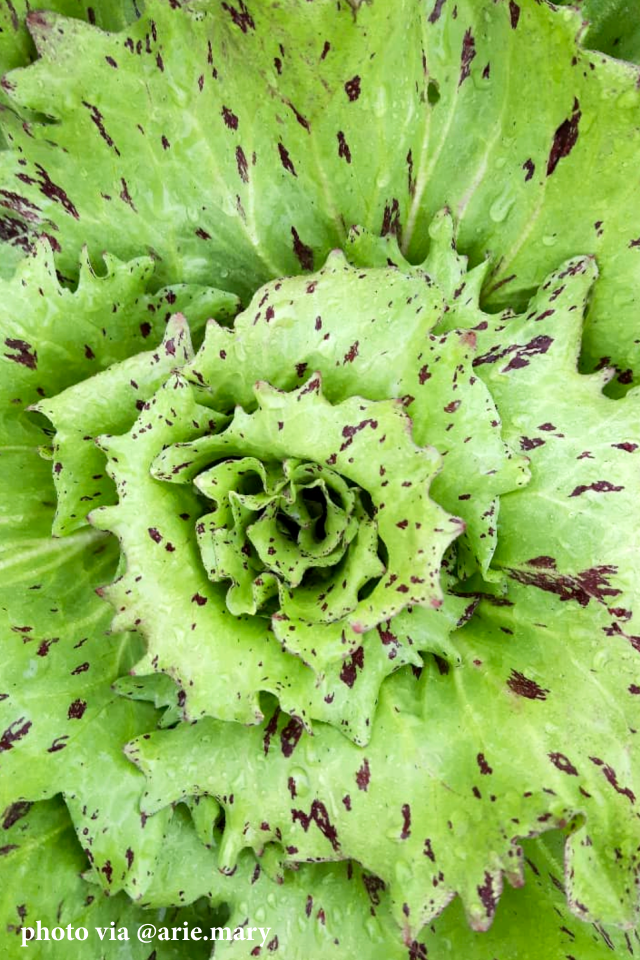
In the right context, though, bitter can be delicious even if it takes a little extra effort. While the different types of radicchio vary in their bitterness, the round heads of Chioggia (key-oh-jya) are both the most common and most bitter. Fortunately, intybin is water soluble, so soaking the cut leaves in cold water removes some of the compound and makes the radicchio less bitter. After giving your radicchio a good soak, the next step to making any chicory more palatable is combining it with other flavors you already love. Adding sour, sweet, salty, and creamy tastes offset the bitterness.
Photo credit goes to @culinarybreedingnetwork @wildrootsfarmers @arie.mary
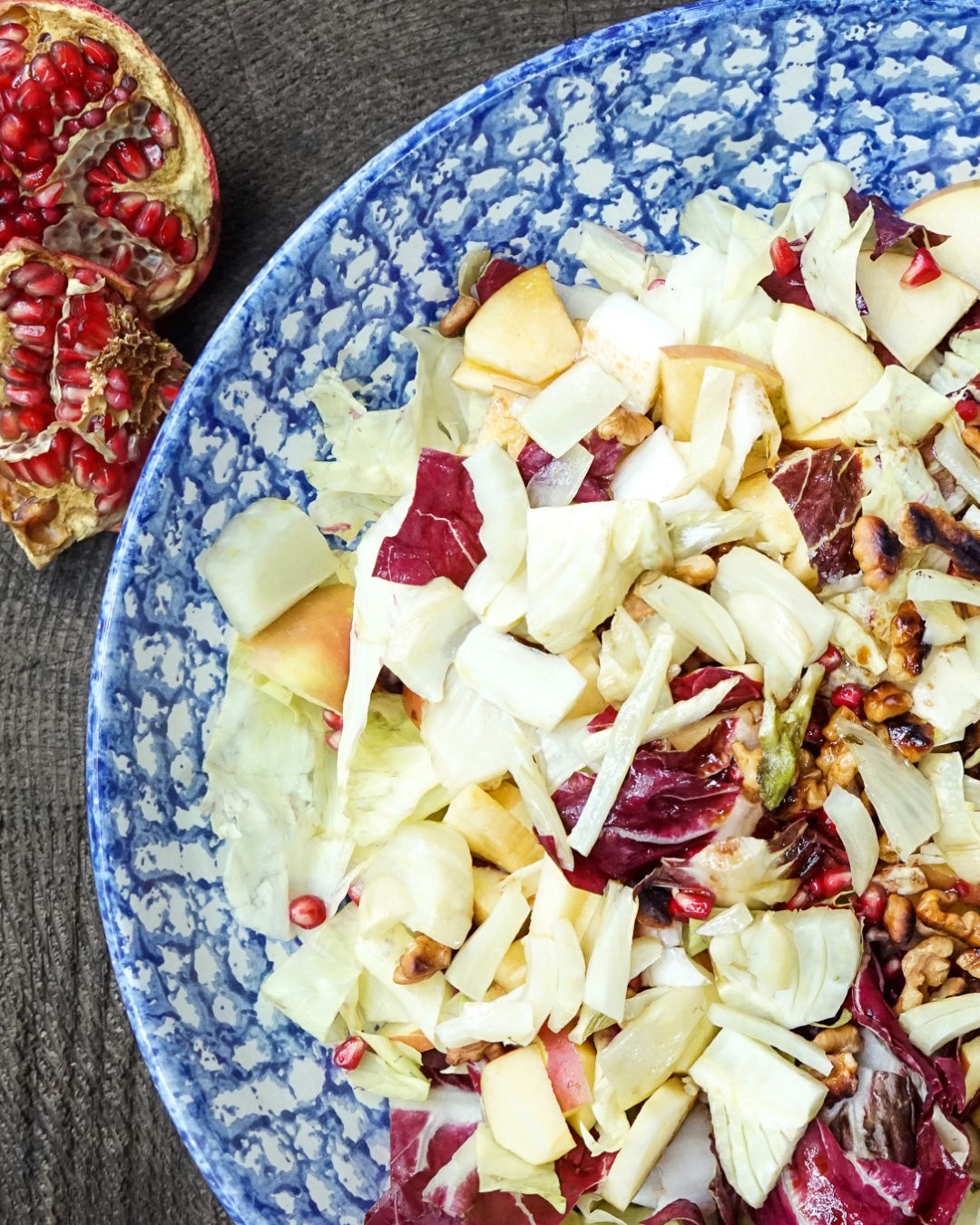
Radicchio with Apple & Roasted Fennel
Crispy apple and tender roasted fennel provide the sweet to balance radicchio's slightly bitter bite.
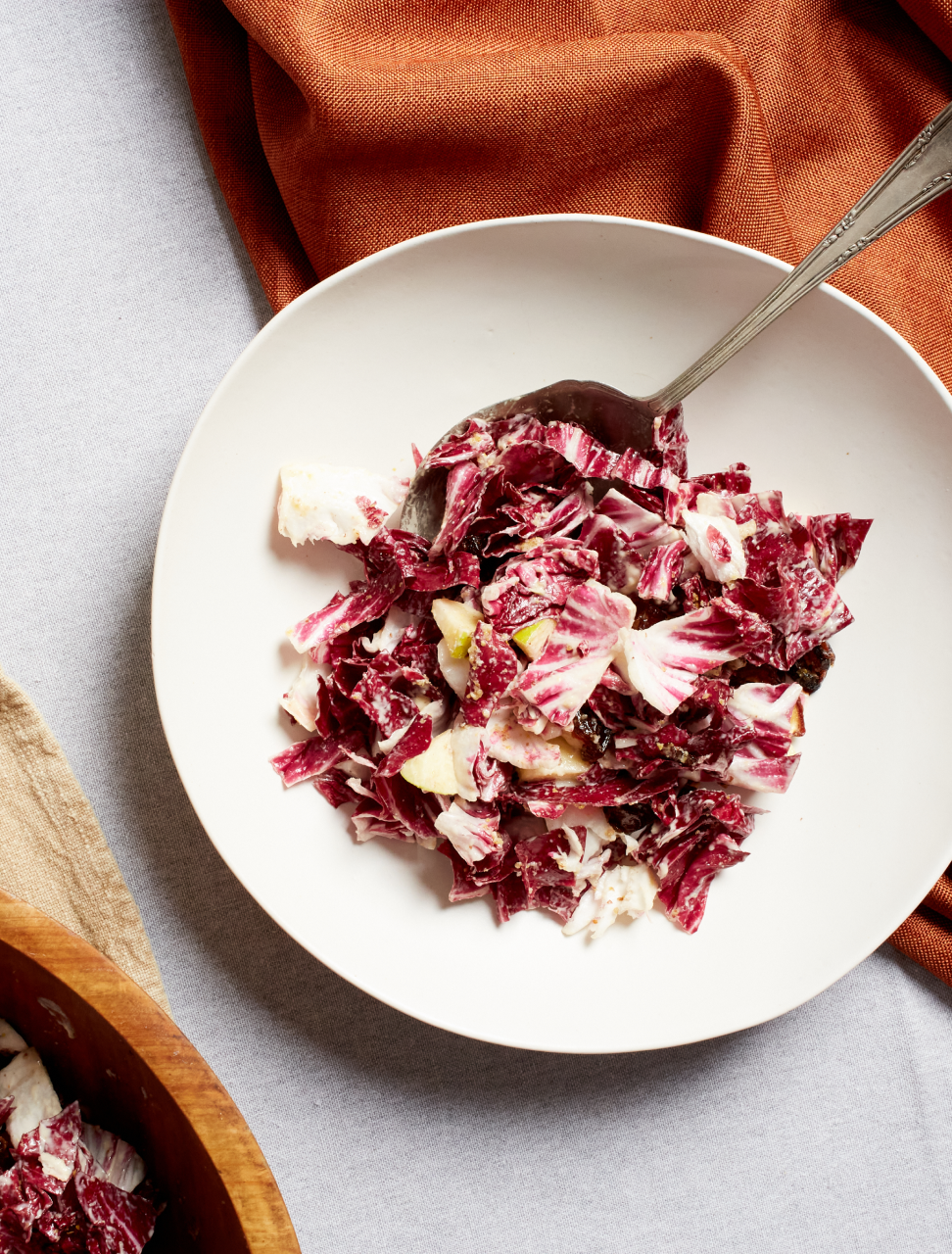
Radicchio Salad with Caramelized Dates and Creamy Tahini
Caramelized dates and creamy tahini make this radicchio salad the perfect antidote for lackluster winter lettuce.
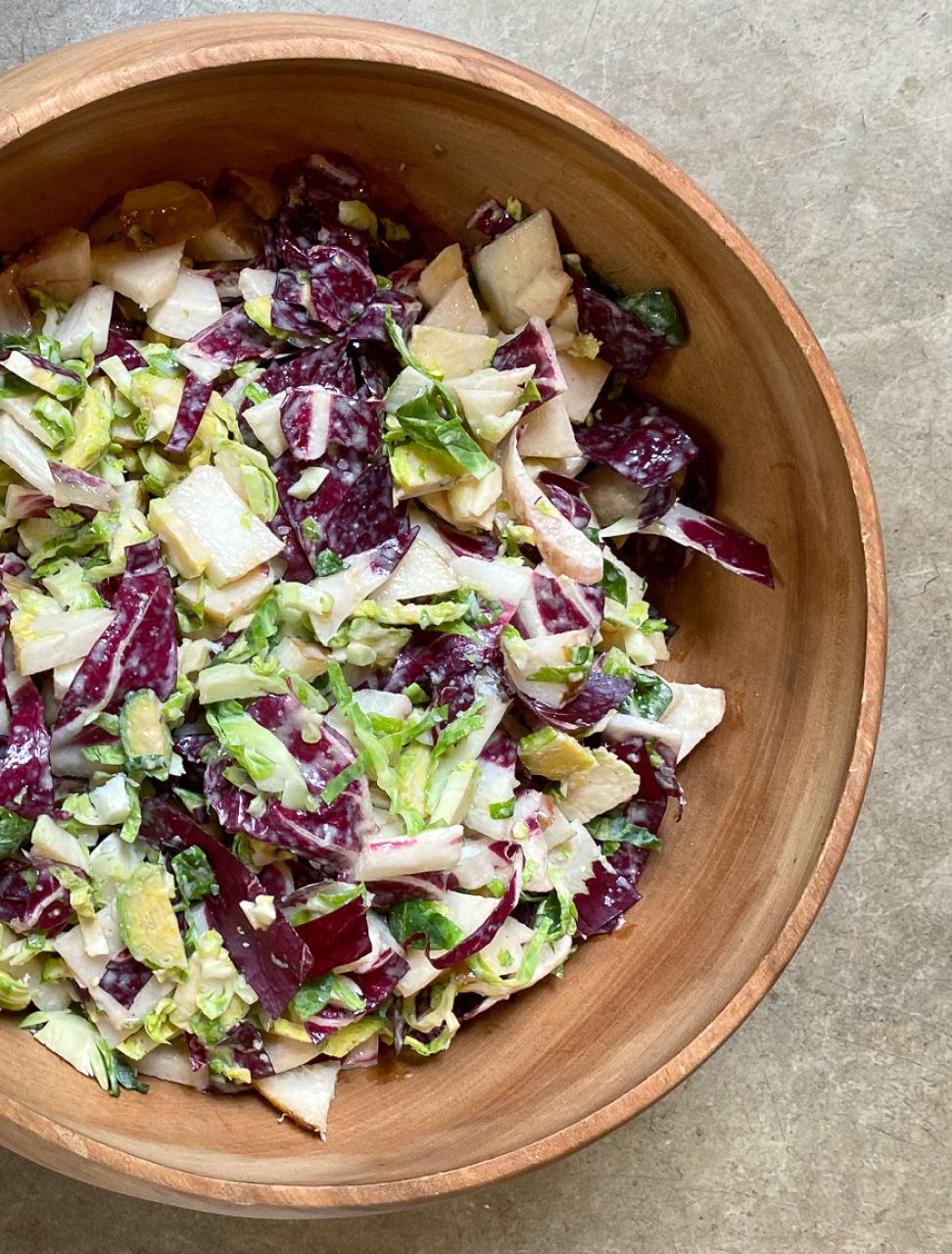
Radicchio, Brussels Sprouts, and Pear Salad with Creamy Caesar Dressing
You won't miss the lettuce in this sweet, tart, and delicious winter salad.

Mixed Chicories with Warm Bagna Cauda Dressing
A perfectly balanced salad of bitter chicories, salty capers and umami-rich anchovies.


